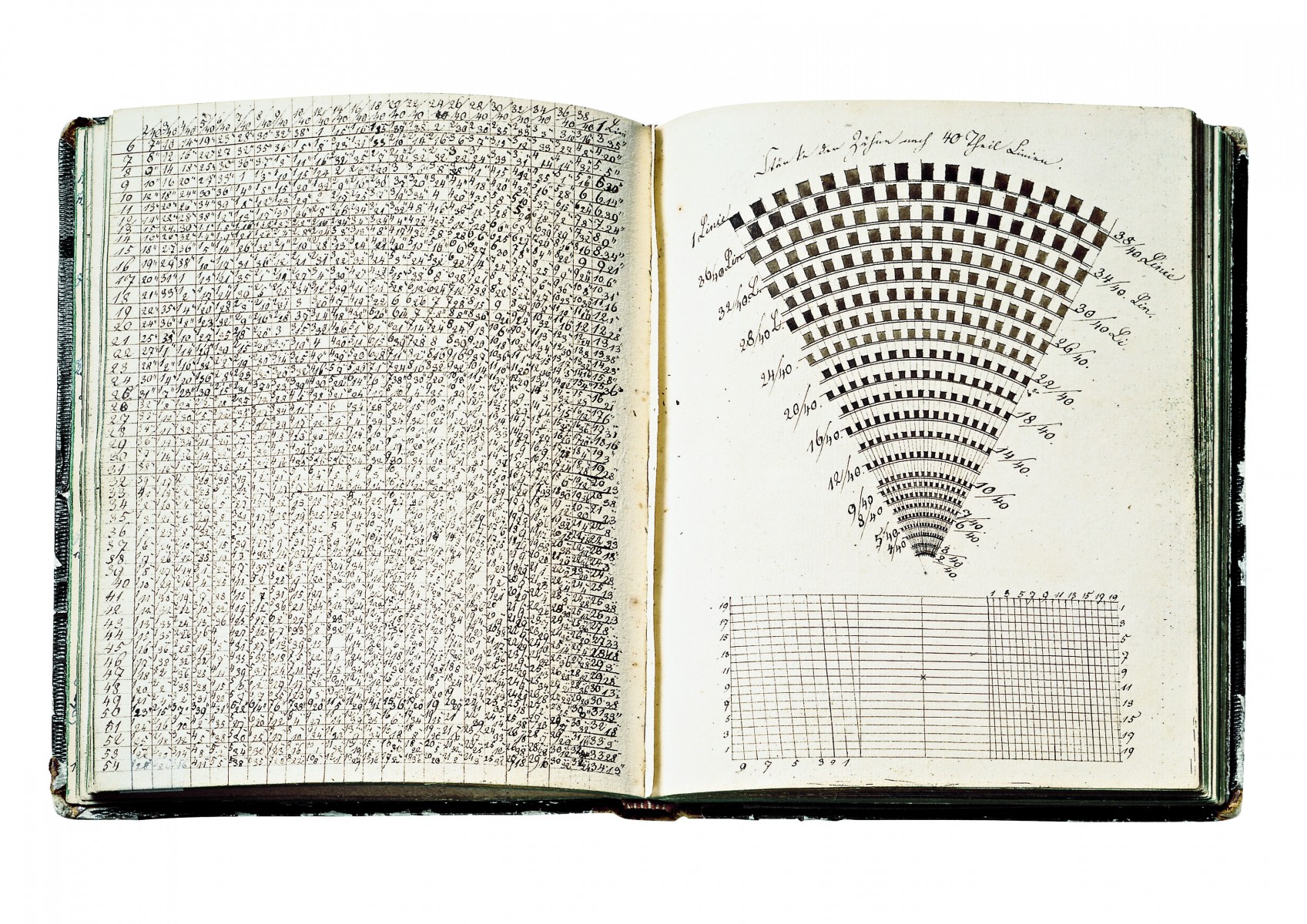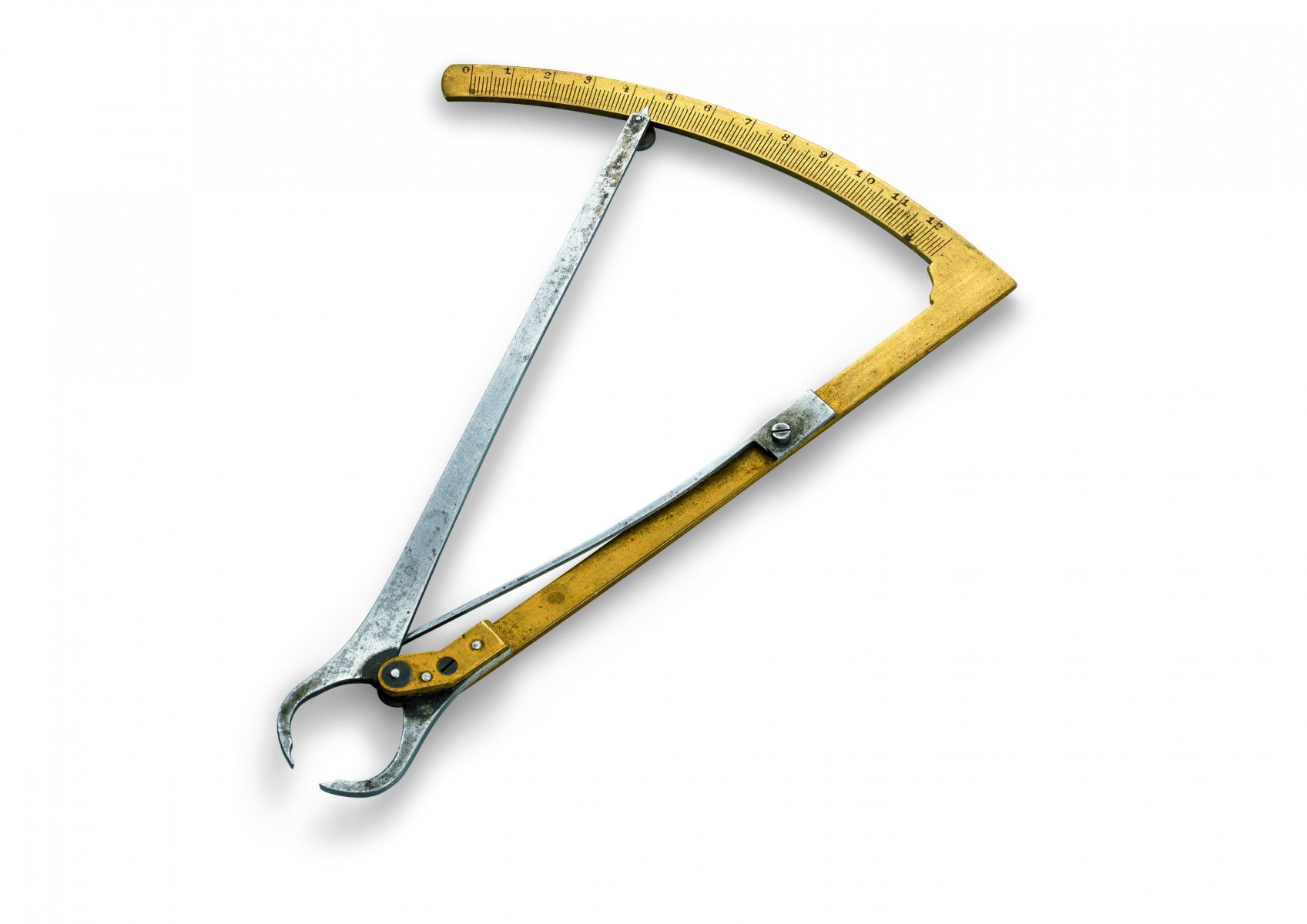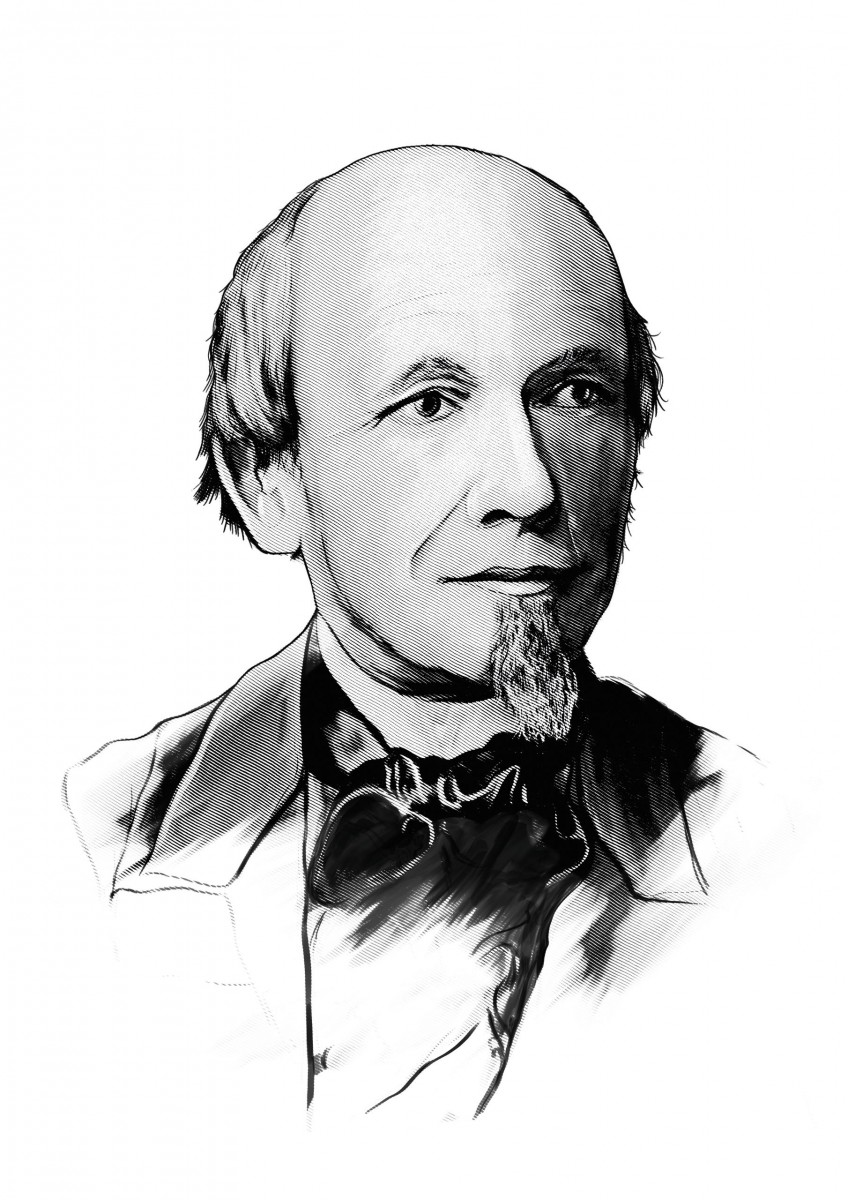A Saxon inventor
Ferdinand Adolph Lange is regarded as a pioneer in watchmaking. An overview of his most important achievements.
175 years ago, Ferdinand Adolph Lange founded a pocket watch manufactory in Glashütte, with which he laid the foundation for Saxon fine watchmaking. The Dresden born watchmaker introduced the metric system in horology. He invented measuring instruments, devised new tools and different constructions for which he applied a patent. With all that he was following just one aim: To build the best watches in the world. His innovative concepts created the foundation on which the A. Lange & Söhne brand gained international fame.
In summer 1851 Ferdinand Adolph Lange introduced his watches made in Glashütte in London at the World Exhibition, hoping to delight an international audience. It was the first time that he exhibited his watches at such an event and became a huge success: His watches were cheaper and more precise than the ones of his competitors. He even received a first prize and a medal for them. But then he has to pay a heavy price for his long-lasting efforts: he becomes seriously ill and has to stay in London for a few weeks. It is probably for the first time in six years that he has the opportunity to consider his situation calmly and without distraction. He realises that he has dedicated himself in the past years and not just risked his company but also the existence of his family. In a letter to the Saxon Ministry of the Interior he reflects about his accomplishments so far:
“My first and decisive step was to design a gauge for executing with the greatest accuracy any calculated ratio in the smallest of scales. This was followed by my work on the ratios of pinions and pieces as well as the respective machines, and I finally established the princip-les to be observed when building watches and designing escapements in accordance with scientific fundamentals, and introduced methodologies and reliable processes where previously arbitrariness, prejudice and disaccord had reigned. These are the fruits of twenty years of painstaking deliberation and labour, parts of which have found practical application in our factory and make our watches good, but many others, whose time has come, remain unexecuted.”
Ferdinand Adolph Lange's Most Important Innovations

The introduction of the metric system
This picture shows Lange's journey- and workbook, in which he recorded detailed calculations for each individual gear-wheel size, using French lignes as units. On returning from his travels, he started to use the metric system instead of the French ligne units that had previously been the norm.

Precise measuring instruments
Tools like this dixième gauge invented by Lange made it possible to determine depth, length and external diameter with even more precision – to an accuracy of a tenth of a millimetre. The measuring results are shown on an arc-shaped scale by a metal arm.
Dial micrometer
This dial gauge was used to measure filigreed components that required particular precision, such as arbors and pivots. The component to be measured is clamped between the two jaws of the dial micrometer, which then measures with an accuracy of one hundredth of a millimetre.
Lathe
Lange introduced the watchmaker's lathe to replace the traditional rotating arc. A pedal could be used to turn circular parts such as pins, pinions, wheels and discs at a constant speed – ensuring high-precision manufacturing.
The design of wheels and pinions
To reduce friction and thereby minimise abrasion, Lange calculated and designed the form of the teeth on gear-wheels and pinions to optimise their interaction.

Three-quarter plate
Lange developed the three-quarter plate over a period of many years. It improved the stability of the movement. This distinctive component became one of the characteristic features of his pocket watches. Today it still forms a major component of the watches made by A. Lange & Söhne.

Decorating the watch
By implementing high quality standards for any watch he made, Lange was following the motto of his teacher, Gutkaes: a watch must be perfect – from each individual component to the case. Fine engraving, guilloché work, finishing and polishing of his pocket watches still bear witness to this today.

Glashütter lever escapement
Langes aim to make his watches more precise also led to the construction of an escapement system, the so-called „free lever escapement“. Each pallet was made from one piece and the contoured pallet-stones were set blanketed.

Crown winding
This innovative technology replaced winding by means of a key, making it much easier to wind up the watch. An example is this early pocket watch (No. 1340), which Lange and his brother-in-law, Bernhard Gutkaes, produced in around 1850.
The jumping second
The “seconde morte” mechanism makes the seconds hand easier to read. Lange developed a mechanism, that makes an independent big seconds hand jump every second from the middle. His sons further developed this idea and a patent application was filed in 1877.

9-metre pendulum
In the new build manufactory of 1873 Lange realised a house clock with a 9-metre pendulum that oscillated uniformly. He personally designed the lever escapement of the movement and relied on his son Richard for calculating the pendulum.


